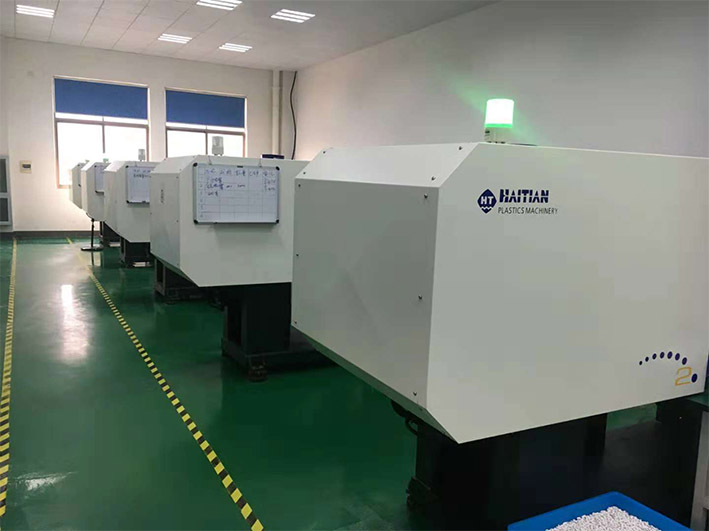Injection Molding (Injection Molding): means to use a mould with the designed shape, to make the specialized produces that the clients need. The process principle is: the solid powder will be melted according to a certain melting point, then injectsed into the mould at a certain speed by injection machine pressure, when the mold cooling through the water we will get the products in the same product design with the mould. This method is mainly used for thermoplastics molding, and can also be used for the molding of thermosetting plastics. At this place, the thermoplastics we mentioned usually means the zirconia powder or alumina powder.

Process flow:
The complete injection process includes: 1, pre-molding preparation; 2, the injection process; 3, products, post-processing.
In order to make injection molding smoothly and to ensure product quality, pre-production needs included raw materials pretreatment, cleaning barrel, preheating inserts and select release agent and a series of preparatory work.
The injection process generally includes: feeding - plasticizing - injection - cooling - stripping.
As the injection molding process is a batch, and thus need quantitative (constant volume) feeding, in order to ensure stable operation, ceramic plasticization uniform, and ultimately access to high-quality ceramic parts.
Molding materials in the injection machine barrel through heating, compaction and mixing, etc., from the loose powdery or granular solid state into a continuous homogenization of the melt process.
The nozzle in the front end and the gating system in the mold are quickly fed into the closed mold cavity. Injection can be subdivided into flow filling, packing feeding, back three stages.
When the pouring system and the freezing of the ceramic are no longer needed, the plunger or screw can be retracted to remove the pressure of the ceramic melt in the cylinder and to add new material while the cooling water is introduced into the mold , Oil or air and other cooling medium, the mold for further cooling, this stage is called after the gate cooling. In fact, the cooling process starts from the injection of the ceramic melt into the cavity, which includes the time from filling and holding to the time of demoulding.
Ceramic parts cooling to a certain temperature can be a model, in the introduction of the role of institutions under the ceramic parts out of the mold.
2, humidity control: to make the ceramic parts color, performance and size to be stable.
Contact: Diane Yang
Phone: +86-15858298013
Tel: +86-15858298013
Company: Highlives Technical Ceramic Co.,Ltd
Add: Room 501,5rd Floor,No.945 Jingchang Road,Xihu District,Hangzhou,China